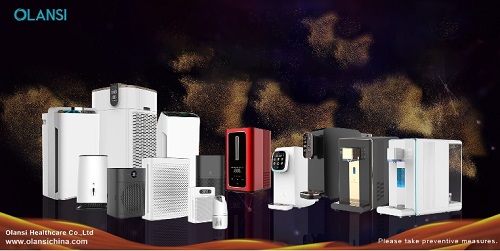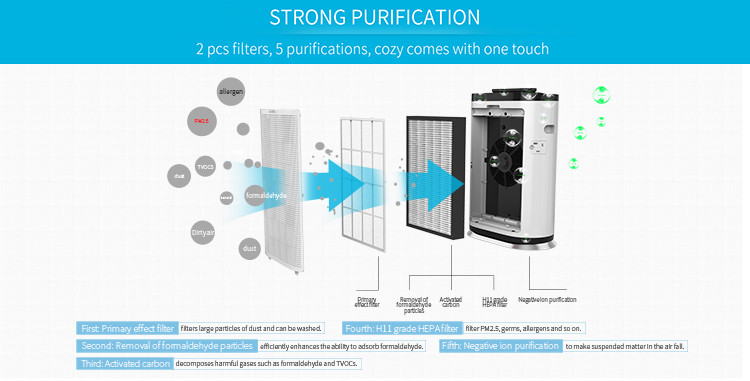In recent years, more and more people have realized the harm of air pollution, and they have begun to use air purifiers to improve air quality and ensure a healthy environment. At the same time, they also use air purifiers to remove formaldehyde, which has a long incubation period in the home environment.
Formaldehyde generation and harm
First of all, let’s first understand how formaldehyde is produced and how does it endanger our health? There are three main sources of formaldehyde: the first is all kinds of artificial boards used in the decoration of new homes, as well as the adhesives between boards ; The second is indoor furniture, the adhesive used in the assembly of furniture will further increase the formaldehyde content in the home. Finally, the paint and wallpaper latex on the wall may also cause the indoor formaldehyde content to exceed the standard.
Long-term exposure to formaldehyde can cause chronic poisoning and even cancer. Especially for growing teenagers, excessive formaldehyde may also cause childhood leukemia, memory and intelligence decline. Formaldehyde is a long-term latent harmful gas, which may endanger the health of family members for 3-15 years. It is difficult to eradicate it by conventional methods. Therefore, whether the air purifier can effectively remove formaldehyde has become the focus of attention.
The principle and structure of air purifier to remove formaldehyde
The principle of the air purifier is to promote air circulation through the ventilation system, and the air to be filtered will flow into the 3-4 layers of filters from the air inlet to adsorb and decompose the formaldehyde molecules in the air, and reduce the amount of air in the air after continuous circulation. formaldehyde content, and finally achieve the purpose of purifying formaldehyde.
At present, most of the filters of most air purifiers on the market are stacked according to the pattern of “initial effect + activated carbon + high efficiency”. The first layer isolates larger particles; the second layer decomposes harmful gases such as formaldehyde, and the third layer Three layers to remove tiny particles such as PM2.5.
Among them, there are generally three types of filters used to filter formaldehyde. First, most of them use activated carbon as the main adsorbent for removing formaldehyde. It is a kind of porous carbon with low bulk density and large specific surface area. A variety of gaseous pollutants in the interior; the second is negative oxygen ions, which are degraded into carbon dioxide and water by opening the chemical bonds of organic pollutants such as formaldehyde; the third is through a catalyst called photocatalyst. Water molecules and oxygen molecules are ionized to decompose harmful gases such as formaldehyde.




